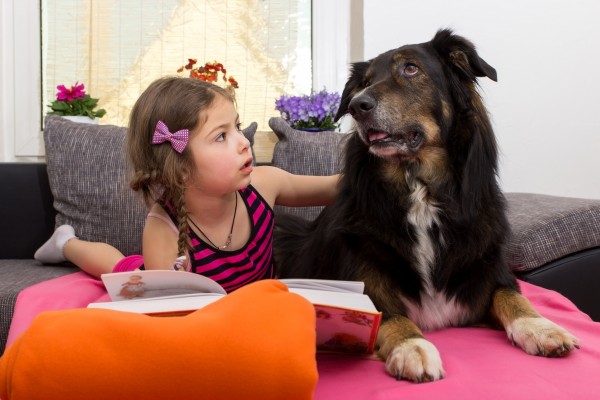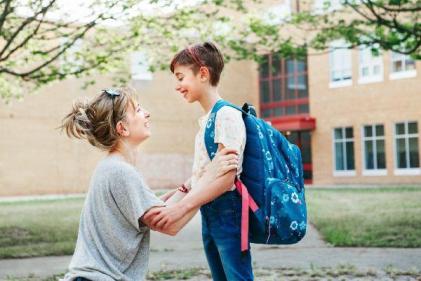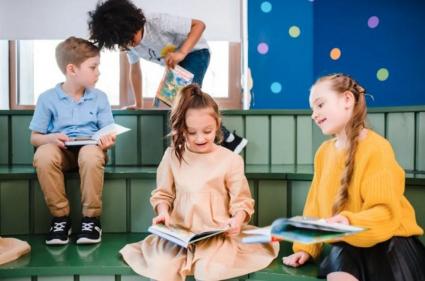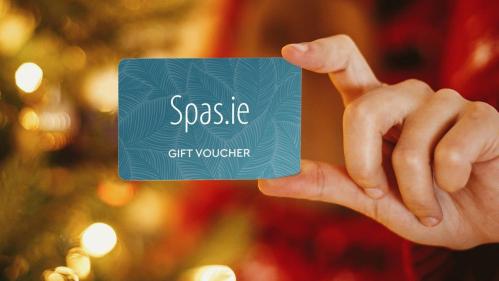Reading can open up an entire word for children. A wide vocabulary; an active imagination; an interest in the world; the skills for independent thinking and research. These are just some benefits your child can get from being a regular reader.
Reading is a must for children, and like any sport or musical instrument, skills can only be developed with practice. The brain is a muscle, after all - it needs exercise!
However, reading can be intimidating for children who are beginners, have dyslexia or just struggle with literacy skills. The pressure of primary and secondary school can make it easy for kids to lose confidence and avoid picking up a book for pleasure.
Here’s one idea that will appeal to animal lovers: have your child read to their dog. No, really.
The practice originated in the US in 1999, with the R.E.A.D. organisation. They provide children with registered canine companions to improve their reading and communication skills. This has crossed over to the UK, where the Bark & Read Foundation operates in schools around the country. Proponents of this practice say it can help children overcome shyness. Dogs are a comforting presence, and can serve as a non-judgmental audience for your child or teenager. Children reading to dogs can overcome the shyness they feel in the classroom or in front of their peers.
Non-profit research group PLOS published a review of the 48 existing studies on the topic last year. They concluded that more research was needed in the area, but said: "This paper presents the first systematic review exploring the value of the practice of reading to dogs. The review highlights the plausibility of reading to dogs to bring improvements to children’s reading abilities and beneficially alter behavioural and emotional processes which may be important aspects in creating a learning environment to best cultivate reading skills."
Gill Johnson is a Professor in Education at the University of Nottingham. In The Conversation, she lays out the benefits that dyslexic children could gain from reading to their furry friend: “Reading to a dog can create a helpful balance, supporting literacy activities which may seem less appealing to a child.
“Children with dyslexia, for example, need focused support to develop their understanding of the alphabetic code (how speech sounds correspond to spelling choices). But this needs to be balanced with activities which support independent reading and social enjoyment or the child can become demotivated.”
This way, reading becomes less of solitary activity and more of a social, shared one.
In Ireland’s case, kids do quite well when it comes to reading. The OECD Pisa rankings released this year show Irish teenagers are among the best in the world at reading and significantly above average for maths and science. Fifteen-year-olds in Ireland ranked third among students in 35 OECD countries for reading.
Irish Therapy Dogs is an organisation which brings the comfort of canine companionship to people.
They say: “Recent studies have proved that canine companionship brings a number of health benefits, such as lower blood pressure, lower triglyceride and cholesterol levels, as well as increased production of serotonin and dopamine.
“One explanation for these therapeutic effects is that a dog fulfils the most basic human need to touch. The companionship of a dog can help to calm and soothe us, ease anxiety and boost our mood. Stroking, holding and fussing over a canine friend helps reduce our sense of isolation and loneliness.”
So, if your child is having problems with literacy, or dreads the thought of reading in class, why not suggest having them read to their best friend? It's never to early to delve in the works of J.K Growling or Virginia Woof.









